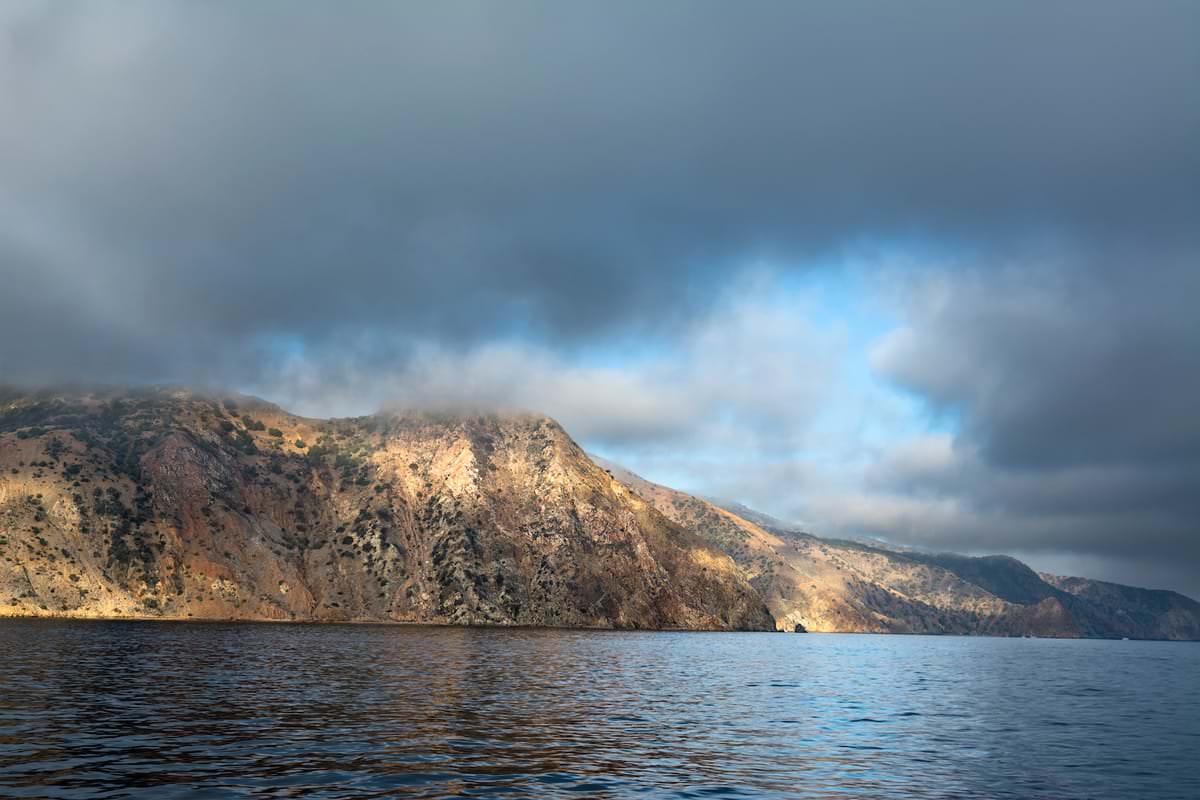El Niño and La Niña

El Niño and La Niña are climate patterns that happen every 9-12 months, although they can sometimes last for years. These patterns influence trade winds, which change the weather in some places.
El Niño
El Niño is Spanish for Little Boy, referring to baby Jesus. This climate pattern is named that way because its effects are seen more at Christmastime.
Normally, warm surface waters are pushed towards Asia by the trade winds. During an El Niño, these trade winds weaken, and the warm water goes towards South America, pushing the cold water under it.
The warmer ocean pushes the jet stream southwards, making the south of the United States more rainy, The North U.S. and Canada warmer than usual, and the Eastern U.S. drier.

La Niña
La Niña (Spanish for “Little Girl”) happens when the trade winds become stronger than usual, pushing the warm water all the way back to Asia and Australia.
This allows the cold water to come to the surface of the ocean (called upwelling), and influences the jet stream.
During a La Niña, the north of the U.S. and Canada become colder, the south of the U.S. becomes dryer and warmer, and the east U.S. and part of the north U.S. become wetter.





